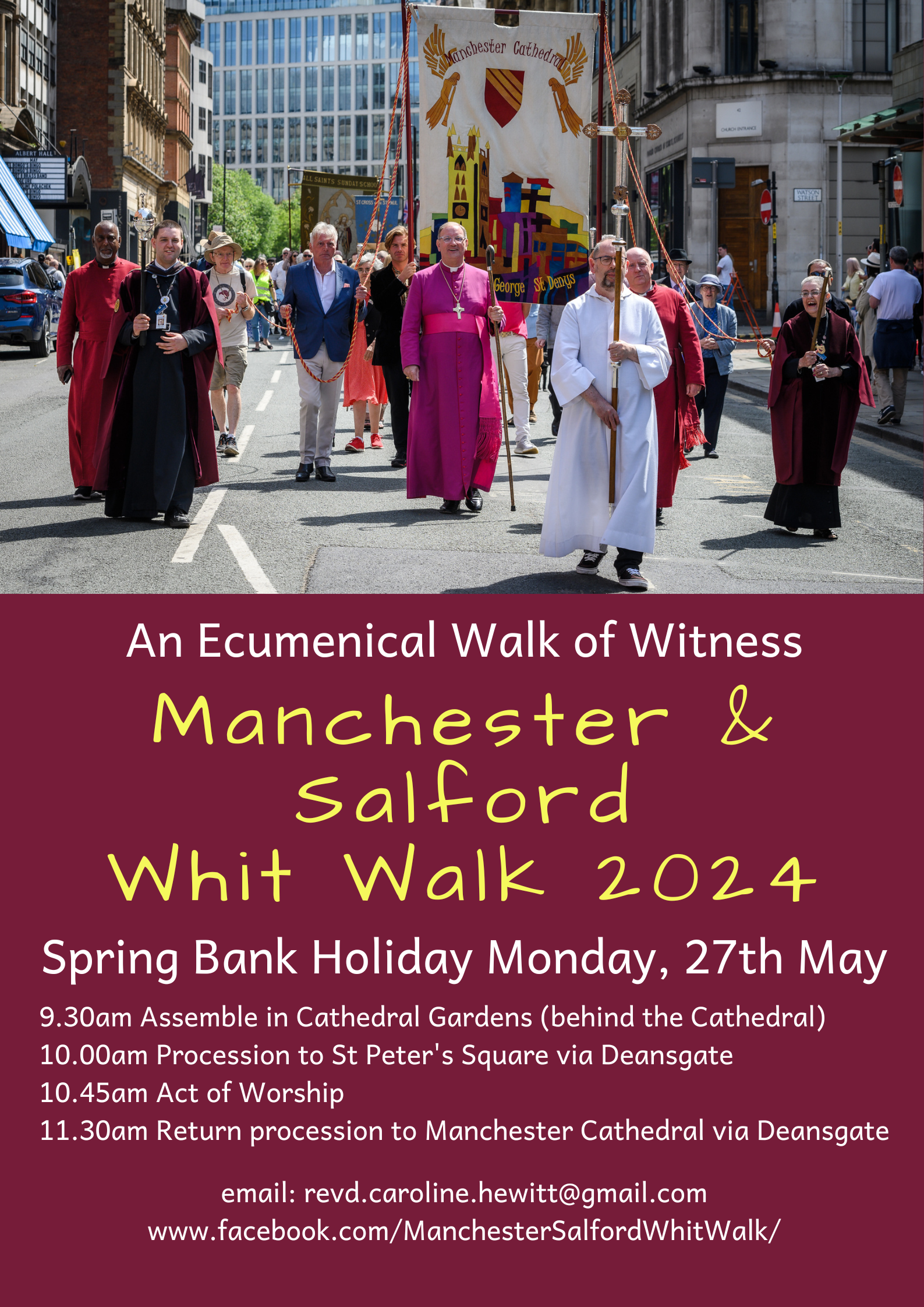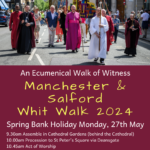 The story of St Ann’s
The story of St Ann’s
Before the 18th century Manchester had only one church, now the Cathedral. As the town grew a new one was needed. Funds were provided by Lady Ann Bland and the design in the fashionable classical style is thought to be the work of John Barker. St Ann’s was consecrated in July 1712.
The stone used was the purplish red sandstone found nearby at Collyhurst. The stone is very soft and so material from several other quarries can be found on the exterior as repairs have been made over the years.
From 1887 – 89 the interior was remodelled by Alfred Waterhouse, architect of the Town Hall. He raised up the chancel, created the vestries and Lady Chapel and moved the pulpit to one side. At the West End the stairs and gallery were also changed. The original Communion Table, the gift of Lady Ann Bland, was put into the new Lady Chapel.
The Lady Chapel also contains the painting The Descent from the Cross painted in the manner of Annibale Carraci, born 1561. The picture was bought from Italy by a Churchwarden of St Peter’s and used to hang in that church until it was demolished in 1907. In a very different style altogether is the art deco window. It is in memory of Hilda Collens who founded the Northern School of Music in 1920. This School is now part of the Royal Northern College of Music whose students perform regularly in St Ann’s.
The organ, which dates from 1730, was originally on the West Gallery. It has grown over the years and is now a fine instrument with 54 speaking stops on which recitals are given every week. It was rebuilt by George Sixsmith & Co of Mossley in 1996.
St Ann’s narrowly escaped damage during the Manchester air raids by the Luftwaffe in the Second World War and still has a burnt-out incendiary bomb which fell onto the roof. In 1996 an IRA bomb devastated the city centre and caused the upstairs windows to be blown in on one side and out on the other. Fortunately the organ had been removed for rebuilding and so was preserved.
After more than 300 years St Ann’s is still a place of worship and cultural life in the heart of Manchester.


















